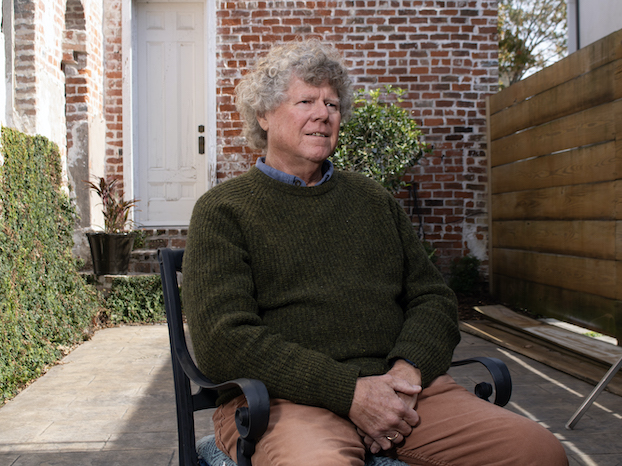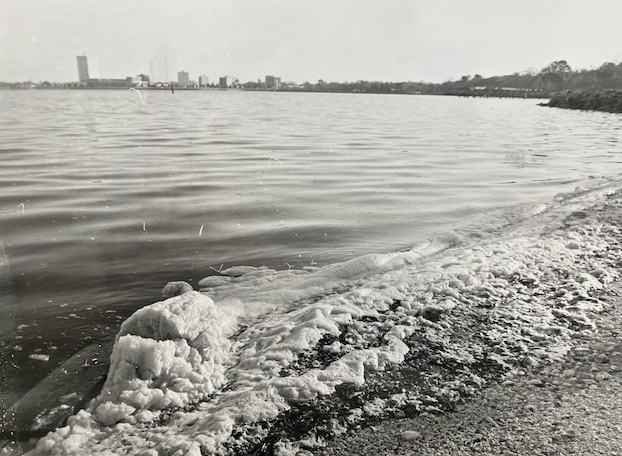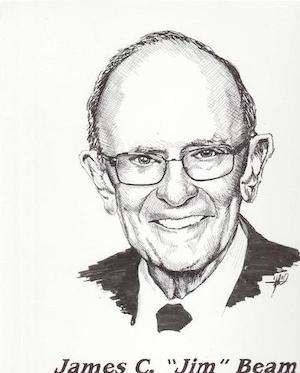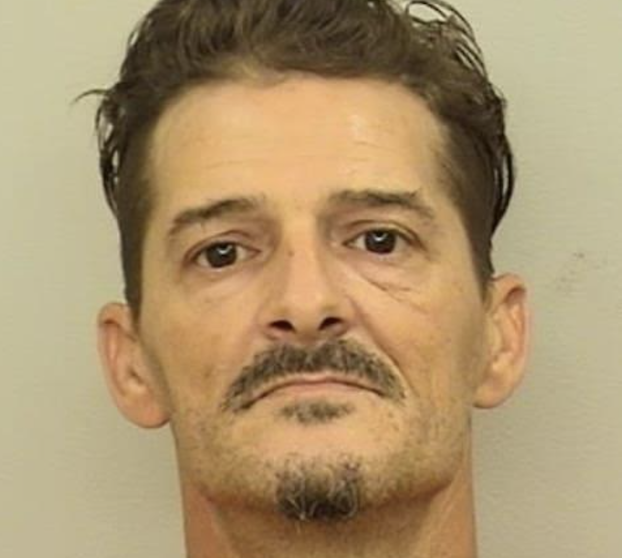Hurricane Katrina’s wounds reopened in ‘Race Against Time’
Published 7:10 am Saturday, July 26, 2025



On Aug. 29, 2005, Hurricane Katrina — one of the deadliest and most devastating natural disasters in U.S. history — roared onto Louisiana’s southeastern coastline with catastrophic power, driving a massive storm surge toward the city of New Orleans.
With the 20th anniversary approaching, the five-part documentary series “Hurricane Katrina: Race Against Time” looks back at the heroes — and villains — who lived through the flooding nightmares, excessive heat and food shortages following the storm and the systemic failure and enduring consequences of decisions made before, during and after the levees broke.
The series premieres Sunday on National Geographic and is available for streaming Monday on Disney+ and Hulu.
Trending
Among those featured in the series is Ivor van Heerdan, who in 2004 as the deputy director of the Louisiana State University Hurricane Center predicted Hurricane Katrina’s devastating effects only to have been met with deaf ears.
“The extent of the suffering and the magnitude of the ineptness by the federal government and the ability of people to believe stupid ideas like it’s a Civil War really comes out very strongly (in the series),” Van Heerdan told the American Press via Zoom. “(The filmmakers) did a masterful job in not following the normal format, which is the storm came, the levees failed, why did the levees fail, what was the consequence, how are we going to fix it. They really took a very important part of it — which was what happened to the people — and I think they did an amazing job. It certainly brought tears to my eyes.”
Van Heerdan — who was on the ground in New Orleans when the levees broke — has images from the aftermath forever burned in his memory.
“It’s sometimes very tough because I saw a lot of things that really still stick in my head — especially the children that drowned because I had my own young daughter at the time,” he said. “I was coming home to her, but these kids weren’t going home to anyone.”
Van Heerdan said in 1992 Hurricane Andrew, a Category 5 storm, flattened everything in its wake in Miami. The storm was the inspiration for his research into what would happen to New Orleans if the same type of storm were to hit that area.
“It looked like an atomic bomb had gone off and that same storm then made landfall in Louisiana on the Atchafalaya Basin, which is where we have our healthiest wetlands. It lost a lot of its steam and energy between the coast and New Orleans city. I realized then that if Andrew had taken just a few degrees different course it would have been another Hurricane Betsy and since Hurricane Betsy in 1965, we’ve lost a huge amount of our coastal wetlands so there would be nothing to slow it down.”
Trending
In 1994, then-Gov. Edwin Edwards appointed Van Heerdan assistant secretary of the Department of Natural Resources. Part of his job was to bring in new science and ideas to the program.
“I was then able to articulate to legislators and other people in Washington and I said, ‘It’s coming and we’re going to have a major flood.’ There were no computer models; in fact we funded the first computer model efforts in Louisiana. That little quiet voice beckoned me in ’92 and my focus became to try and get a research team and get research money to really look at coastal Louisiana.”
By 1998, LSU had allowed his team to establish the Hurricane Center on campus and in 2001 he received a $6.3 million grant from the Louisiana Board of Higher Education to create the Hurricane Public Health Center to develop storm surge models. Van Heerden brought in medical doctors, epidemiologists, veterinarians and wind experts. He also got a $11 million super computer from then-Gov. Mike Foster.
“There’s a side of the dynamics of understanding the winds and the waves and especially the storm surge and how they move through the areas. In Louisiana, we have LiDAR data (short for Light Detection and Ranging data) and very accurate digital elevation data. We got the storm surge models and the next thing we needed to do was a huge public opinion survey. What did the people of New Orleans think? What did they know? That’s how we found out 120,000 people didn’t have motor vehicles.”
He said the survey also led to the realization that the five major parishes in southeastern Louisiana had their own databases and maps but nothing was linked or shareable with the others.
His team worked with the Louisiana Geological Survey and others to create a GIS (geographic information system) database, which “proved exceptionally useful in Katrina because we knew where the schools were in relation to gas stations, etc., etc.”
Access to the database was given to the U.S. Department of Health and Hospitals and the Centers for Disease Control and Prevention.
His team also conducted studies on what could be in the water around New Orleans and pathogens that may be present.
“All of this culminated a year before Hurricane Katrina in the Hurricane Pam exercises,” he said.
The 300-plus workshop participants of the Pam exercises in July 2004 were provided with a catastrophic hurricane scenario, a set of consequences that would result from that scenario and assumptions designed to stress the emergency management system and force thinking on critical planning topics.
“We really hoped that the Hurricane Pam exercises — modeled after Hurricane Betsy and which featured the entire city flooded — would really wake up everybody. Quit honestly, we were laughed at a few times,” Van Heerdan said. “I realized very early that we are going to have a lot of evacuees, eternally displaced people, and I and one of my colleagues went to the United Kingdom for 10 days and we did a course in how do you deal with refugees, evacuees and eternally displaced people; how do you establish a camp; how much acreage would you need; what would you need to do. We came back with these ideas and tried to articulate them and during the Hurricane Pam exercise I went to one of the ladies from FEMA and said, ‘You need to start thinking about tents. There’s going to be a million evacuees. What are you going to do with them?’ and she turned around and said to me, ‘Americans don’t stay in tents.’ But the ball went around and after (Katrina) was over they were asked during interviews why there were no tents and they stammered their way through it.”
Van Heerdan said before London hosted the 2012 Summer Olympics, officials came to him and asked advice based on the aftermath of what they saw during Katrina.
“We discussed all these things and so they prepositioned tents all over places outside of London in case something happened,” he said. “London could be flooded, as well. It’s got levees and big floodgates.”
Van Heerdan said he places a lot of blame for what happened after Katrina on then-New Orleans Mayor Ray Nagin.
“We had spoken to him about the buses. The plan was called Operation Brother and they would send the buses and church groups would help load the people and get them out. Over a few dollars, they blew it,” he said. “And instead of issuing an evacuation early they held it. If people had known earlier they might have been able to go get gas, do something, get out. The safest thing was to get out.”
Van Heerdan said at the time, the devastation was linked to “an act of God.” That’s not true, he said, because this disaster was man-made.
“The levees weren’t even complete,” he said. “In order to get to know New Orleans I used to go down in my Xterra and drive everywhere and look at the levees. Every single levee I drove as close to it as I could look. I saw levees with big bows in them and sinking under their own weight, some where leaning over a little bit, some had big cracks and two-by-fours were in the cracks. Also, entire sections were missing.”
Van Heerdan said though the rebuild of the levees has been “robust,” climate change wasn’t factored into the design.
“They really need to start thinking about raising the levees and in some places, raising houses and in some places buying people out,” he said. “The risk of this happening again is very high. Our models show that next time, the storm surge will be nine to 11 feet higher than it was for Katrina.”








